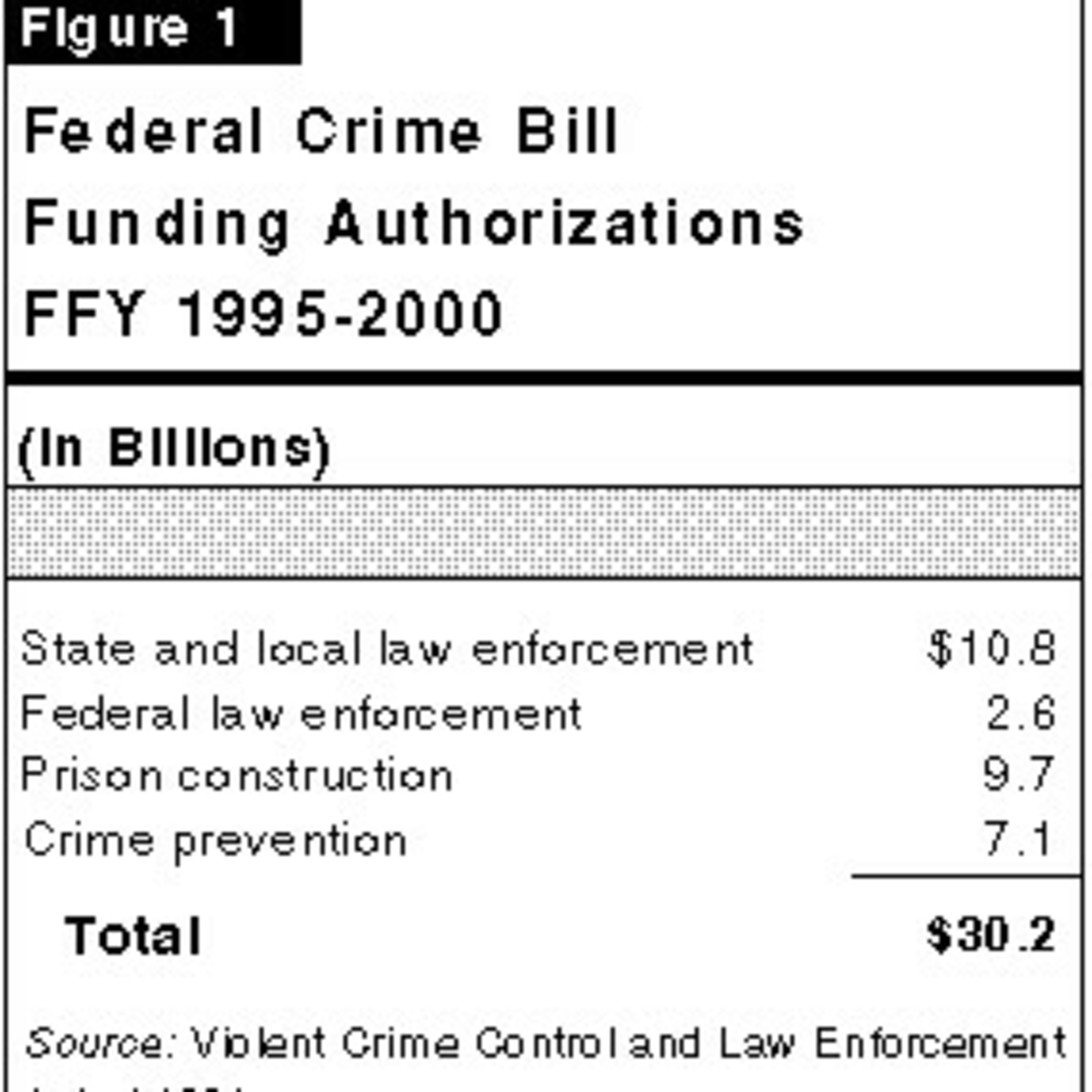1994 Crime Bill VS Rescheduled 1-3 (SP Affiliate SaffeRoth Special Guest)
- Author
- Stewart's Passion: Tony Stewart , SP Ambassadors & Guest
- Published
- Fri 05 Jul 2024
- Episode Link
- https://podcasters.spotify.com/pod/show/stewarts-passion/episodes/1994-Crime-Bill-VS-Rescheduled-1-3-SP-Affiliate-SaffeRoth-Special-Guest-e2k1qi6
The 1994 Crime Bill, formally known as the Violent Crime Control and Law Enforcement Act, aimed to address rising crime rates with several initiatives. It provided significant funding to hire more police officers and support community policing efforts, which were intended to reduce crime in urban areas. Additionally, the bill funded various crime prevention programs, including those targeted at youth and drug courts aimed at rehabilitation. Importantly, it also included the Violence Against Women Act (VAWA), which allocated funds to combat domestic violence and sexual assault, providing substantial support for victims.
However, the bill had several notable drawbacks, particularly concerning cannabis-related offenses and civil liberties. The legislation imposed harsh penalties for drug-related crimes, including mandatory minimum sentences for cannabis offenses. This contributed to the mass incarceration trend, disproportionately affecting minority communities. Critics argue that these measures led to overcrowded prisons and strained judicial resources without effectively addressing the root causes of drug abuse. The focus on punitive measures over rehabilitation has been a point of contention, with many advocating for more balanced approaches to drug policy.
Furthermore, the bill's tough-on-crime approach has raised concerns about its implications for the Bill of Rights. Mandatory minimum sentences and the expansion of the death penalty have been criticized for limiting judicial discretion and potentially leading to unjust outcomes. The increased use of law enforcement resources and aggressive policing strategies have also sparked debates over civil liberties, particularly regarding the rights of individuals in minority communities. In recent years, there has been a growing call for reform to address these issues and create a more equitable criminal justice system.
Prison Expansion Funding: The 1994 Crime Bill allocated $9.7 billion for the construction and expansion of prisons, leading to a significant increase in the number of incarceration facilities across the United States.
Taxpayer Burden: The primary financial burden fell on taxpayers, who funded the increased spending on prisons through federal and state taxes. This reallocation of resources often came at the expense of other social services and public programs.
Private Prisons: The bill indirectly fueled the growth of the private prison industry, as companies that manage private prisons received government contracts, benefiting from the increased demand for incarceration facilities.
Economic Opportunity Costs: The significant investment in prison infrastructure and the operational costs of maintaining these facilities represented an economic opportunity cost, diverting funds that could have been used for education, healthcare, and community development.
Long-Term Financial Impact: Over time, the high costs associated with the increased prison population, including housing, healthcare, and administrative expenses, continued to place a financial strain on government budgets, leading to debates over the sustainability and effectiveness of such a punitive approach to crime control.
Thank you for checking in, we upload twice a month. Did you or a friend release music, let us know so we can get you on our PANDORA RADIO STATION. Be sure to show that next level support by shopping and Rocking our Merch! We hope you consider coming on the show and blazing up. Guests, Be sure to have something rolled up. Follow us today on Twitter, Facebook, Instagram & Social Club.
Email [email protected] for booking insight. Submit your 420 Fails and share this Podcast with your network of like minded Thinkers & tokers.
Affiliates-
Join Affiliation Today Inbox us on Instagram to leave a voice message!!
